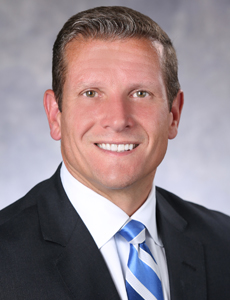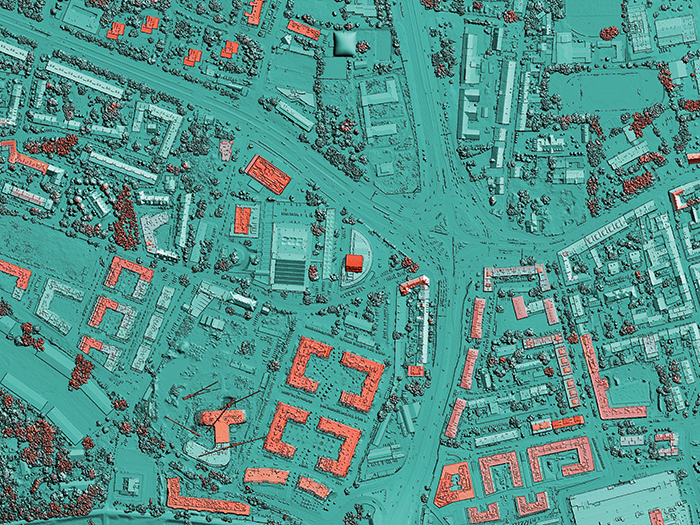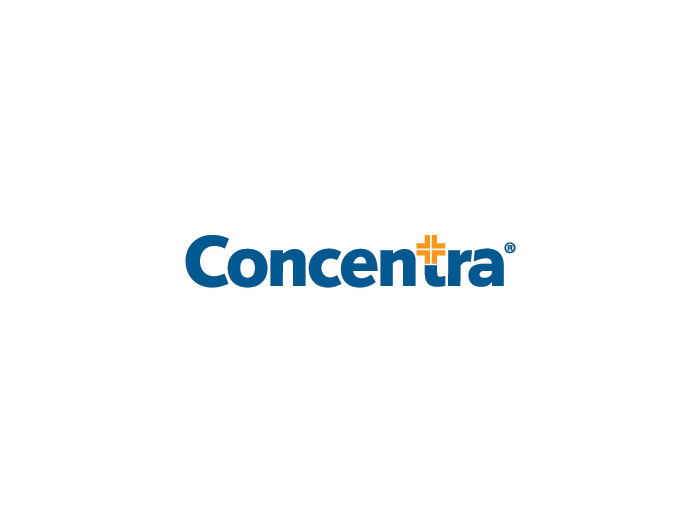Insurance Industry
Lower Investment Income Impacting Carrier Appetite

The impact of investment income on carrier financial performance is changing the insurance industry and the availability of coverage, according to a presentation at the Brokerslink annual conference held in New York on Oct. 16.
Robert S. Schimek, president and chief executive officer of the Americas for AIG, said there is a bifurcation among carriers as a result of the continuing low interest rates prevailing in many industrialized countries.
There are only two sources of income for insurers: underwriting profit and investment, Schimek said.
“Investment income depends upon the yield curve. When it is low, as it is now, then getting the underwriting part correct is all the more important.”
Schimek said that insurance companies view coverage differently when interest rates are low.
“Returns on excess workers’ comp are the worst because they stretch over 16 years. So our appetite for that type of coverage is less today than it was when interest rates were higher.” — Robert S. Schimek, president and CEO of the Americas, AIG
“Returns on excess workers’ comp are the worst because they stretch over 16 years. So our appetite for that type of coverage is less today than it was when interest rates were higher,” he said.
Expanding on that theme, Schimek said that “people ask me, ‘What happened to the old AIG?’ They say, ‘Give me that swagger and take that risk.’ I reply that you give me investment income and I will take that risk. But we cannot do it at current interest returns.”
Careful to draw a distinction but not make a value judgment, Schimek said that as a result of the underwriting-investment situation of the last few years, insurance companies have tended to reconfigure themselves into two different types.
“The environment in our industry is changing because of the macroeconomic factors,” he said.
One carrier type is capital heavy, and focused on policies. They are typically non-primary insurers, but high risk takers, and very efficient, he said.
“Today, there are 10 to 20 billion things connected to the Internet,” he said. “By 2020, there will be 40 to 50 billion things in the Internet of Things. That is changing the landscape of risk.” — Robert S. Schimek, president and CEO of the Americas, AIG
The other type, that includes AIG, according to Schimek, is focused on loss control, claims handling and science. They tend to be primary insurers, with the focus on underwriting and science; less efficient in a pure profitability sense.
The global environment is also impacting insurers, he said.
The yield curves vary not just in time and with type of coverage, but in different economies. One useful normalized comparison is combined ratio, he said, noting that a combined ratio of 100 in the U.S. is equivalent to 94 in Japan, a country with low inflation, and 111 in Argentina, a country with high inflation.
He also noted that the 100 in the U.S. was comparable to just 80 in Greece, which he suggested should decouple its currency from the euro — although that now seems less likely than it did earlier in the year.
“In the U.S., AIG now has more engineers than underwriters,” said Schimek.
He noted that the day before the conference, AIG appointed Madhu Tadikonda, who had been commercial chief science officer, as commercial chief underwriting officer.
Tadikonda now oversees chief underwriting officers in the commercial insurance group’s global lines. He will define global underwriting standards. Drawing on his science background, he will also oversee development and deployment of underwriting tools to make use of the company’s considerable data set and capabilities, Schimek said.
“The focus is on differentiation, our ability to control and reduce risk. The battleground used to be premium — who can charge the lowest. We are now moving on to total cost of risk so the competition is no longer commoditized in a battle for premium.”
AIG chooses to be among those differentiating themselves on risk management, he said, because risk is changing so quickly, citing the examples of drones, railroads and driverless cars.
“Today, there are 10 to 20 billion things connected to the Internet,” he said. “By 2020, there will be 40 to 50 billion things in the Internet of Things. That is changing the landscape of risk.
“There are 40,000 drones flying today, and by 2025, there are expected to be 160,000. That will create huge new risks, but could also help manage risk. What if we could have flown drones over the area hit by Hurricane Katrina immediately after the storm, and made adjustment decisions, literally on the fly?”
As for driverless cars, he suggested that their appearance on the roadways are expected to reduce the many accidents caused by driver error.
“There will still be accidents, but the responsibility will be not on the occupants, but on the corporation that built or directed the car. That is how the nature of risk changes,” he said.
What if we could have flown drones over the area hit by Hurricane Katrina immediately after the storm, and made adjustment decisions, literally on the fly?” — Robert S. Schimek, president and CEO of the Americas, AIG
But risks remain among older industries as well. While dispatching systems for railroads are high tech, the sector remains an elemental heavy industry, relying on steel wheels on steel rails.
And there have been several high-profile accidents involving trains carrying crude oil.
“Our rails are not the most modern things you have ever seen,” he said.
So far all of the railroad accidents in the U.S. involving crude oil have occurred in areas with low or no population, unlike the tragedy in Lac-Megantic, Quebec, in July 2013, where a runaway crude train incinerated the center of that small town, killing 47 people.
New techniques in oil and gas production have enabled the U.S. to reclaim a top spot as a global producer, but if there is an accident in or near a major city, Schimek said flatly, “that will require an insurance response.”











